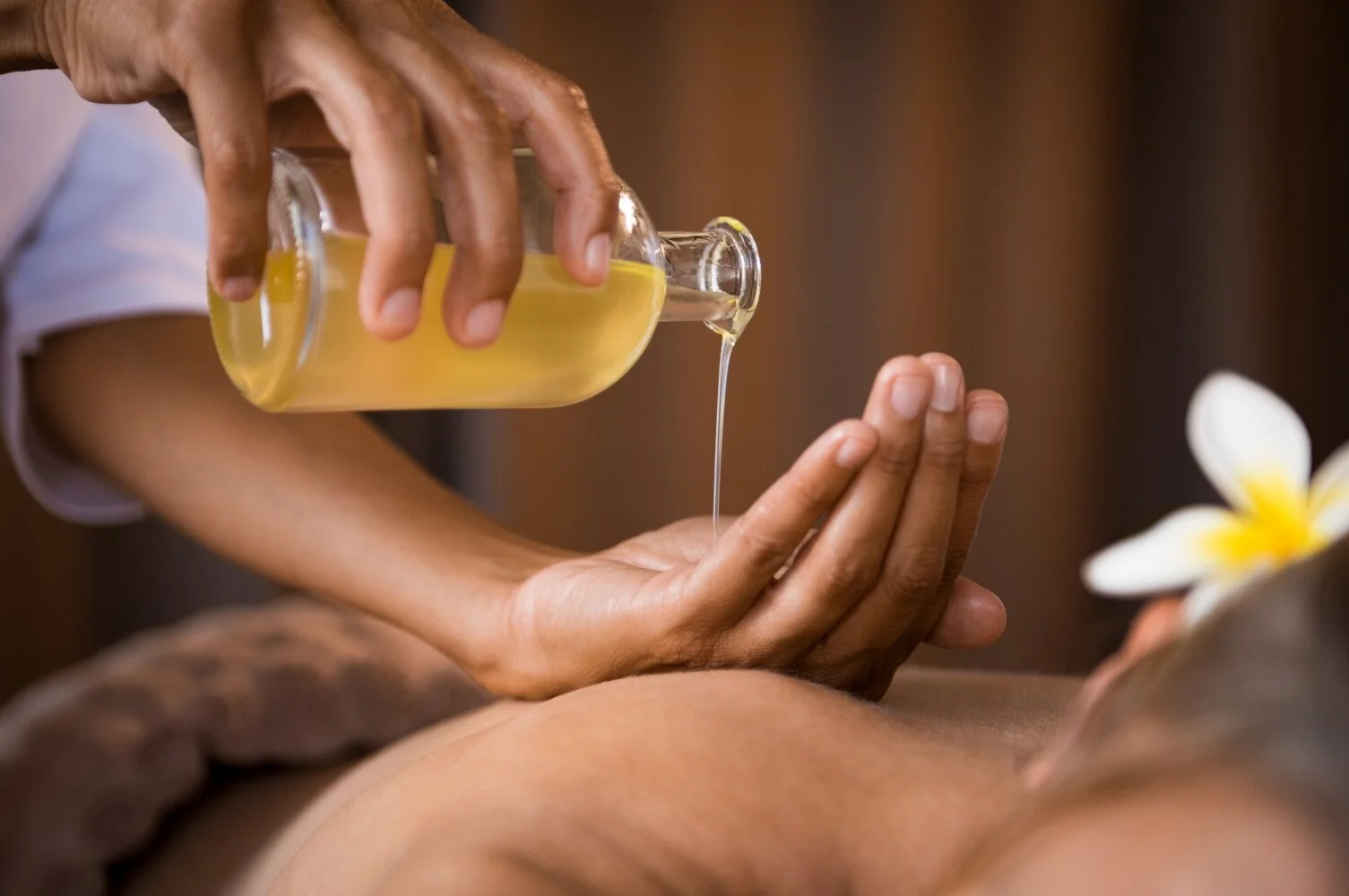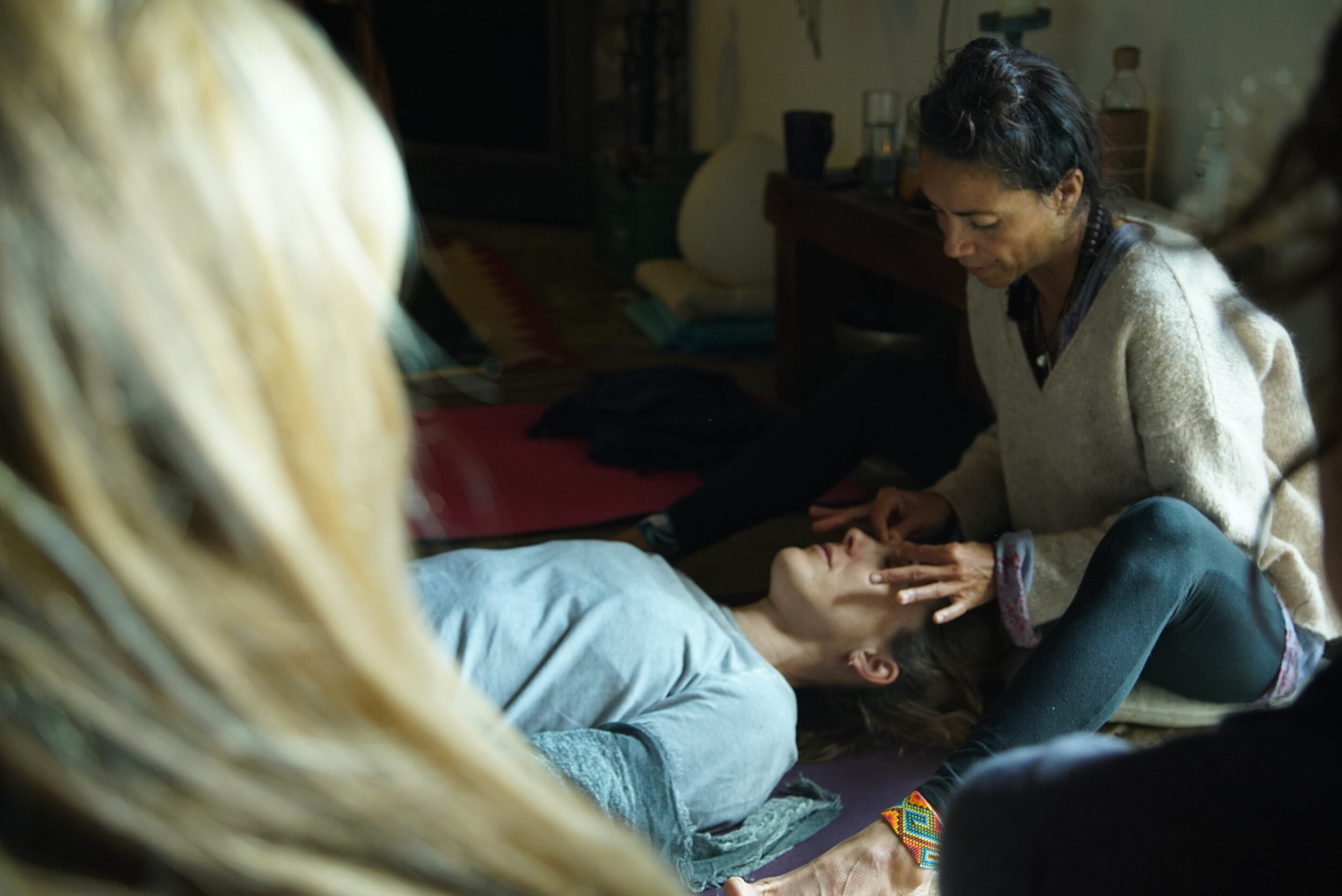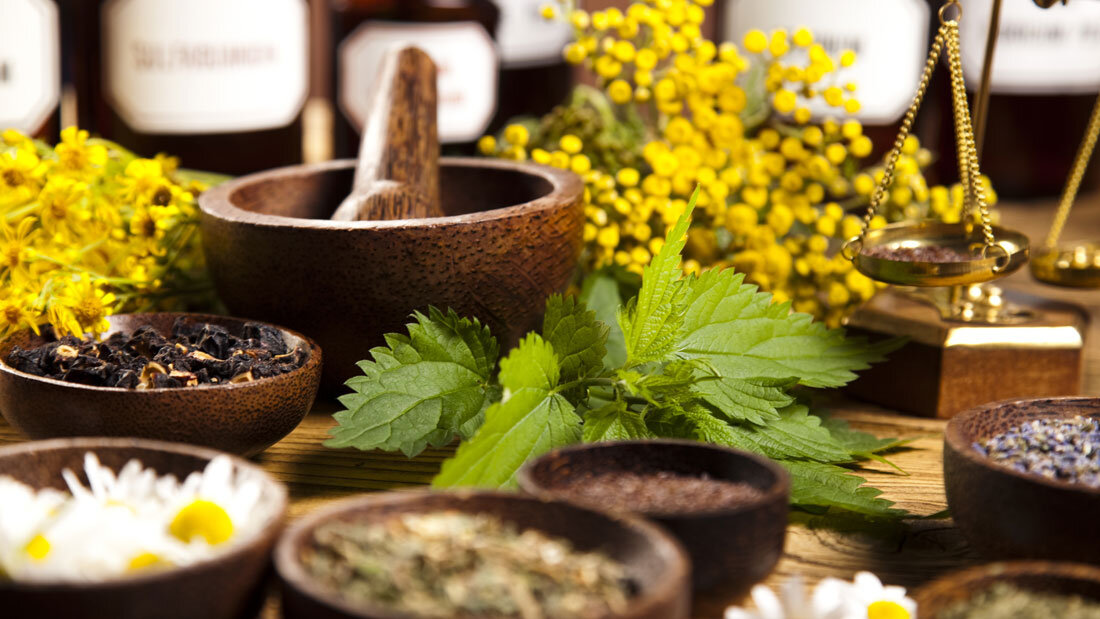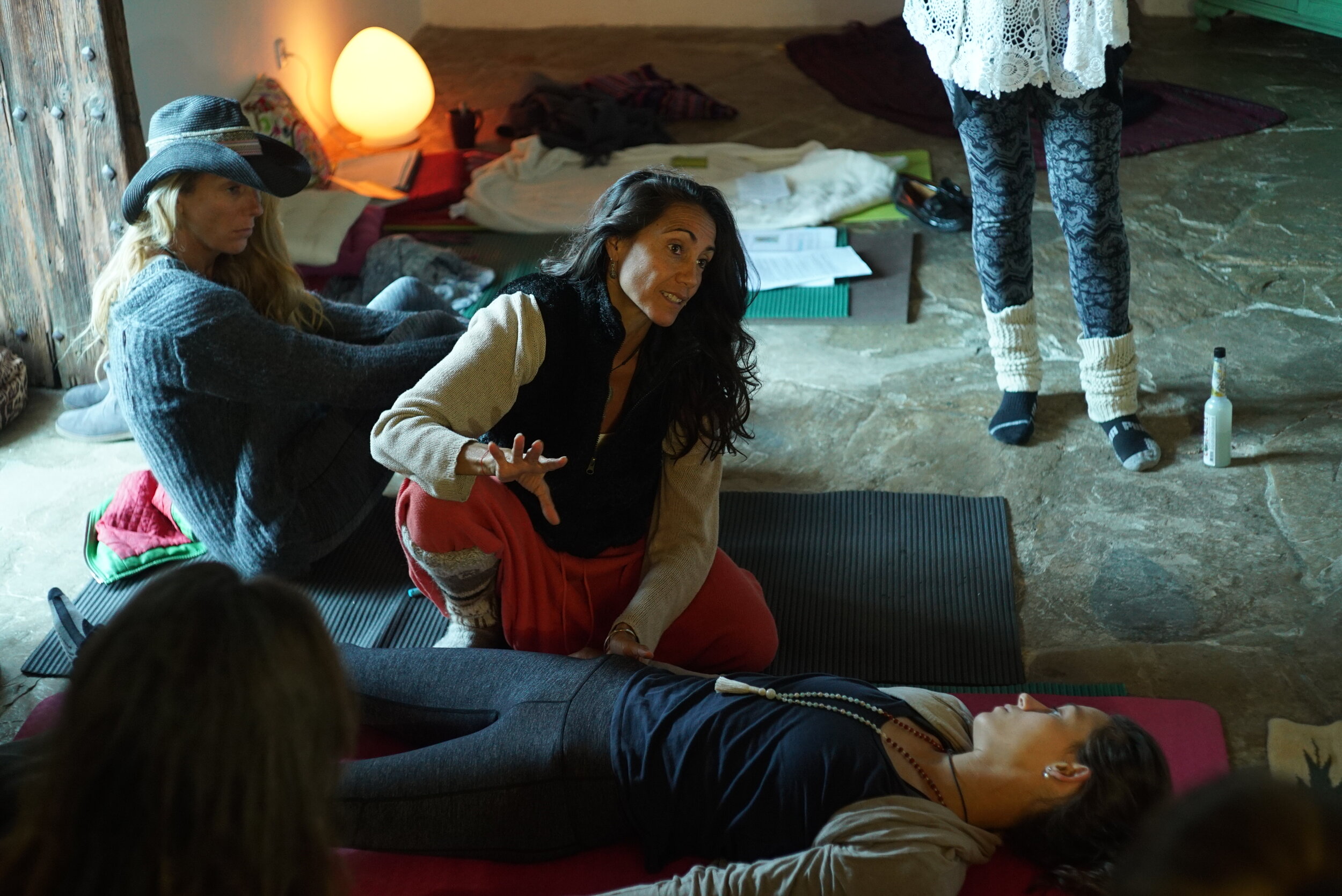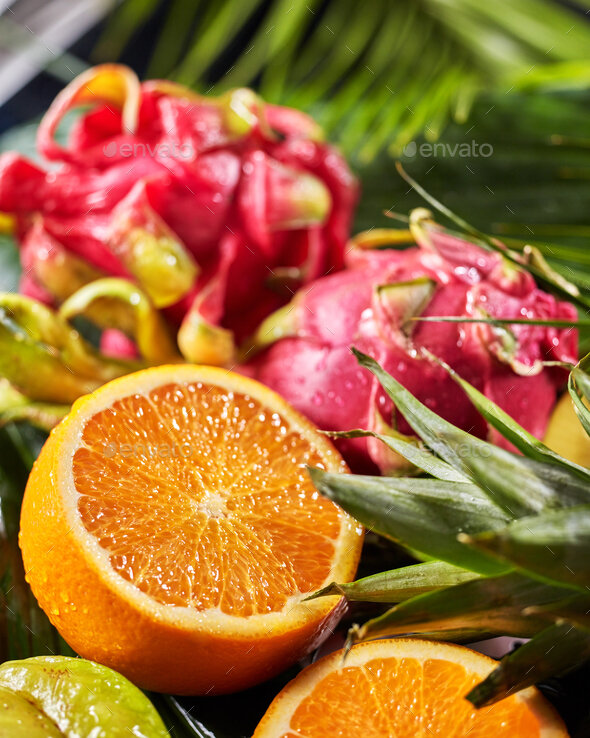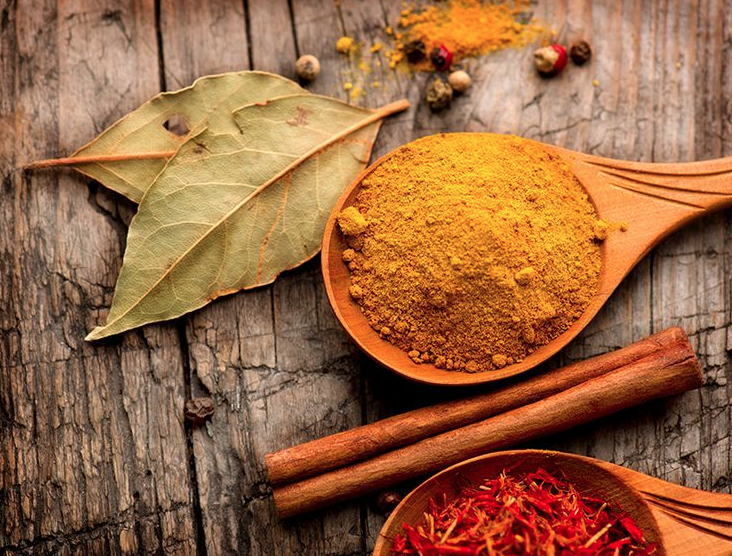YOGA for your DOSHA
Yoga is an extraordinary practice for entering the state of body-centered restful awareness. It awakens grace and restores your sense of balance and wholeness. To reap the greatest benefits, it’s important to personalize your practice for your unique mind-body constitution, or dosha.
In Ayurveda, the building blocks of life are comprised of five elements: earth, water, fire, air, and ether. The three doshas—Vata, Pitta, and Kapha—are derived from the five elements. The doshas, known as mind-body types, express particular patterns of energy—each a blend of physical, emotional, and mental characteristics.
Different foods, seasons, exercise, and even yoga poses cause specific doshas to either increase or decrease. Not sure what your dosha is? Take the dosha quiz to find out. Then follow the tips below to customize your yoga practice to best suit your dosha.
Vata Dosha
If your dosha is predominantly Vata, calming and grounding yoga poses are ideal. For example, Vrksasana (tree pose) and Tadasana (mountain pose) root your feet into the ground, reducing anxiety and stress. Virabhadrasana I and Virabhadrasana 2 (Warrior I and II poses) are also beneficial and can help ground you, while also building strength.
Fast-paced Vinyasas or flow sequences can aggravate Vata, which is prone to anxiety, overexertion, and fatigue. To make a Vinyasa more Vata-pacifying, move deliberately and slowly, extending the length of time that you hold each pose. Also pay attention to the transitions between poses, performing them with conscious awareness rather than rushing on to the next pose.
Since Vata is prone to constipation, poses that compress the pelvis are healing, including all forward bends (standing or sitting). Focus on poses that engage the lower back and thighs—major regions of the Vata dosha.
Vata types benefit from doing a long, deep Savasana (corpse pose) for at least 15 to 20 minutes.
Pitta Dosha
Pitta doshas benefit from cultivating a calm, relaxed attitude toward their practice and letting go of their competitive tendency. Resist the urge to compare yourself with others in your yoga class, and be gentle and patient with yourself.
Since Pittas have a tendency toward excess heat, avoid yoga forms that cause profuse sweating. Instead, favor cooling, relaxing poses. Avoid holding long inverted poses, which create a lot of heat in the head. You may want to schedule your yoga sessions during cooler times of the day, such as dawn or dusk.
Focus on poses that help to release excess heat from the body, including those that compress the solar plexus or open the chest, especially the pigeon, camel, cobra, bow, fish and bridge poses. For standing poses, the best ones for Pitta are those that open the hips, including tree, warrior, and half moon.
When you enter Savasana, quietly focus on your breath. This will calm your mind and center you in your body and heart.
Kapha Dosha
For a Kapha dosha, most of the standing poses are invigorating, especially if you hold them for a longer time. Try maintaining your asanas for up to 20 breaths. Backbends are also heating, and help open the chest and circulate the life-giving energy of Prana throughout the body.
Kapha types have the most stamina and strength of all the doshas, but when out of balance, they can suffer from lethargy and excess weight. If you are predominantly Kapha, a stimulating, energizing yoga practice is ideal. It’s important to challenge yourself and create heat in your body to counter Kapha’s natural tendency to feel cold and sluggish. Move through your flow sequences quickly (though always with conscious awareness) to lighten and warm your body.
Doing your yoga in the early morning hours of Kapha (between 6 a.m. and 10 a.m.). This will help keep you more energized and motivated throughout the day. At the beginning or end of your session, you can practice bhastrika or bellows breath, which cleanses the body and energizes the digestive system.
The ultimate goal of yoga is to connect to your true Divine essence and expand your consciousness. Whether you are predominantly Vata, Pitta, or Kapha, stay focused on your intention to stay present and take your yoga practice to a deeper level.
Remember these words from yogic sage Patanjali: “Yoga is the settling of the mind into silence. When the mind has settled, we are established in our essential nature, which is unbounded consciousness.”
In this Workshop we will explore the different possibilities of balancing each dosha through the practice of asana, pranayama, meditation even with the use of aromatherapy and touch
When: Saturday February 17th
Time: From 10 am to 2 pm
Exchange: 33 Euros





